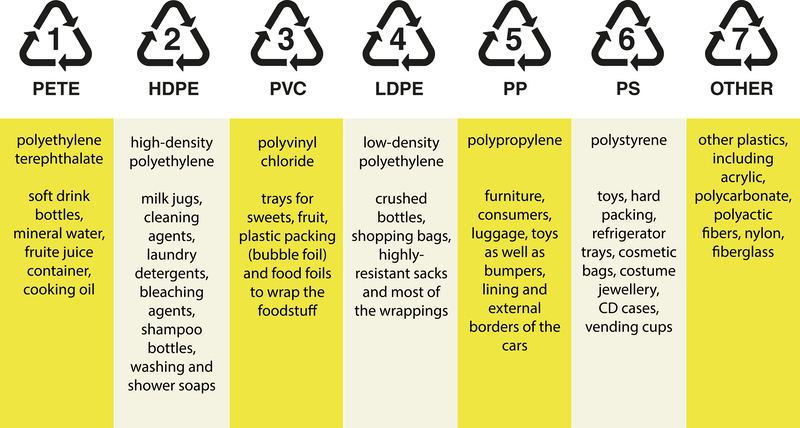Effective Approaches to Microplastic Pollution Control
Microplastic pollution has emerged as a significant global issue, impacting ecosystems, wildlife, and human health. As awareness of this growing environmental challenge increases, so does the urgency to develop and implement effective solutions. This article explores innovative approaches to controlling microplastic pollution.
What are Microplastics?
Microplastics are tiny plastic particles, often less than 5 millimeters in diameter, resulting from the breakdown of larger plastic items or manufactured as microbeads found in personal care products. These particles infiltrate water bodies, soil, and even the air we breathe, making pollution control a complex challenge.

Sources of Microplastic Pollution
- Industrial processes and the manufacturing of plastic goods.
- Textile fibers shed during washing.
- Poorly managed waste and litter.
- Atmospheric deposition from vehicle tires and artificial turf.
Innovative Approaches to Mitigating Microplastic Pollution
1. Improvements in Waste Management Systems
One of the most critical steps is upgrading waste management systems worldwide. By improving waste collection and recycling initiatives, it is possible to significantly reduce the amount of plastic waste entering the environment, subsequently minimizing microplastic formation. Key strategies include:
- Enhanced recycling technologies: Investing in advanced recycling techniques that can handle diverse plastic types increases recovery efficiency.
- Community-based waste management programs: Encouraging local participation in waste management can help in effectively tackling plastic waste at the source.
- Public education campaigns: Raising awareness about proper disposal and separation of waste can lead to a decrease in environmental plastic leakage.
2. Advancement of Biodegradable Alternatives
Promising research is focused on developing biodegradable materials to replace traditional plastics. Such alternatives, made from renewable resources like corn starch or seaweed, offer solutions that break down naturally without forming microplastics. Implementing these materials in packaging and consumer products can substantially contribute to pollution control.
3. Innovations in Filtration Technologies
Advanced filtration systems are being developed to capture microplastics before they enter natural water bodies. Technologies include:
- Municipal wastewater treatment improvements: Adding microplastic filters in treatment plants can prevent particles from reaching open water.
- Fiber-catching devices for washing machines: Adding filters that trap fibers during laundry cycles can significantly reduce the microplastic load in domestic wastewater.
- Stormwater management solutions: Implementing traps in stormwater systems helps capture particulate matter before it reaches aquatic environments.
4. Policy and Regulation Enhancements
Efficient regulatory frameworks are essential for tackling microplastic pollution. Governments globally are introducing measures to curb microplastic production and spread. Effective policies include:
- Bans on single-use plastics: Limiting the availability of items like straws and plastic bags creates a direct reduction in the potential for microplastic formation.
- Restrictions on microbeads: Prohibiting the use of microbeads in cosmetics and personal care products reduces a significant source of pollution.
- Incentivizing sustainable practices: Providing tax breaks or subsidies for companies using biodegradable materials or efficient waste management systems promotes environmentally friendly business practices.
5. Research and Monitoring Initiatives
Ongoing research and monitoring are crucial for understanding the extent and impact of microplastic pollution. Scientific efforts are concentrated on:
- Tracking microplastic pathways: Mapping how microplastics travel through ecosystems allows for targeted intervention strategies.
- Identifying potential harm: Researching the effects of microplastics on health to inform preventive measures.
- Developing detection methods: Innovations in technology to accurately measure microplastic concentrations in various environments help in assessing pollution levels.

The Role of Individual and Collective Action
While systemic and technological advancements are crucial, individual actions also play a pivotal role in controlling microplastic pollution. Steps include:
- Reducing plastic use: Opt for reusable bags, bottles, and containers.
- Participating in clean-up drives: Community efforts to clean local areas reduce the amount of plastic waste.
- Educating others: Sharing information about microplastics and pollution control can influence social change.
Conclusion
Addressing microplastic pollution requires a multifaceted approach, combining technical innovations, policy advancements, and individual efforts. By embracing these strategies, societies worldwide can move towards effectively mitigating microplastic impacts on the environment and health, ensuring a sustainable future for coming generations.